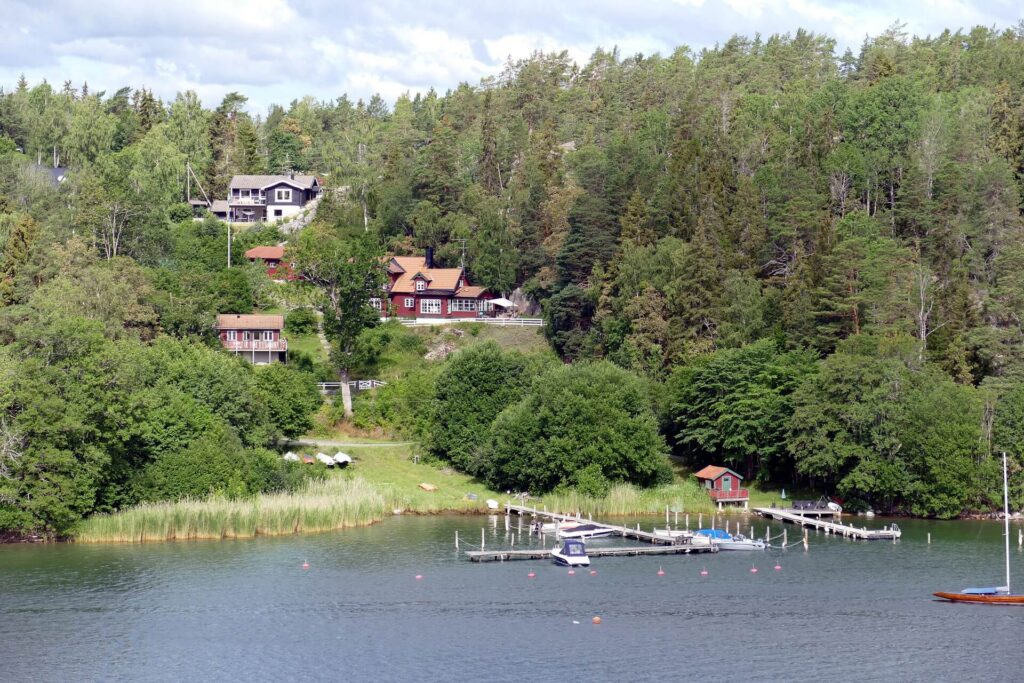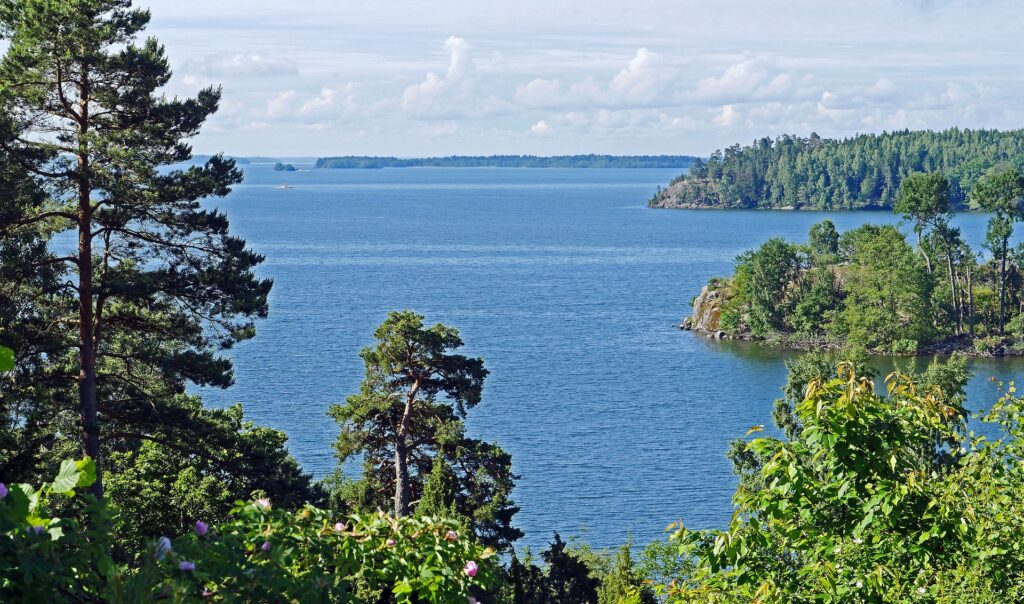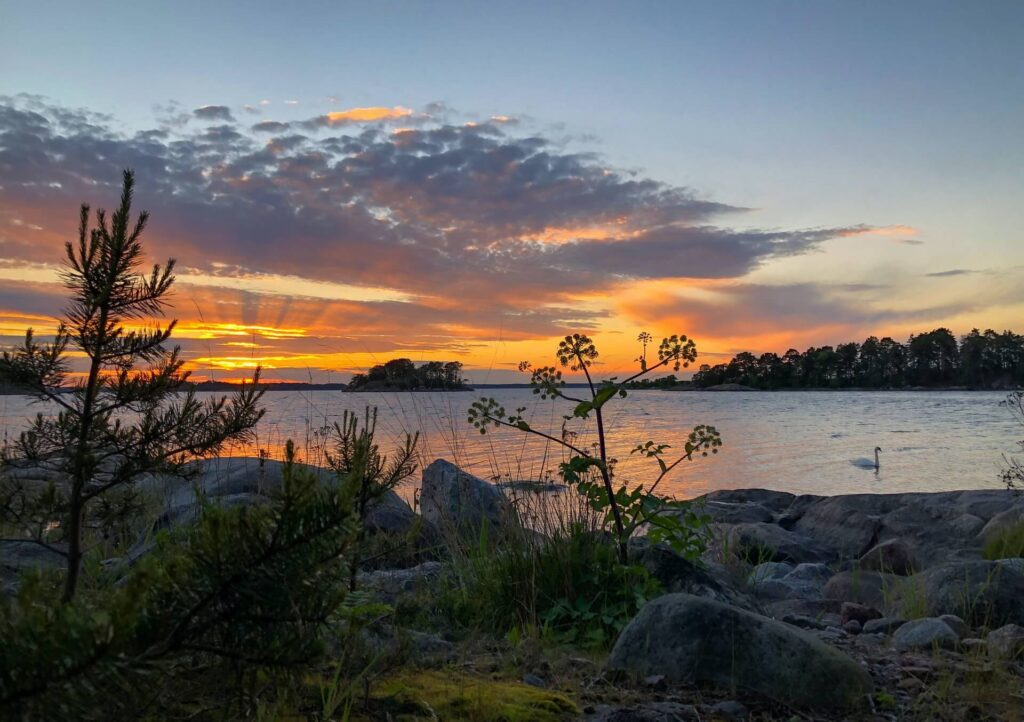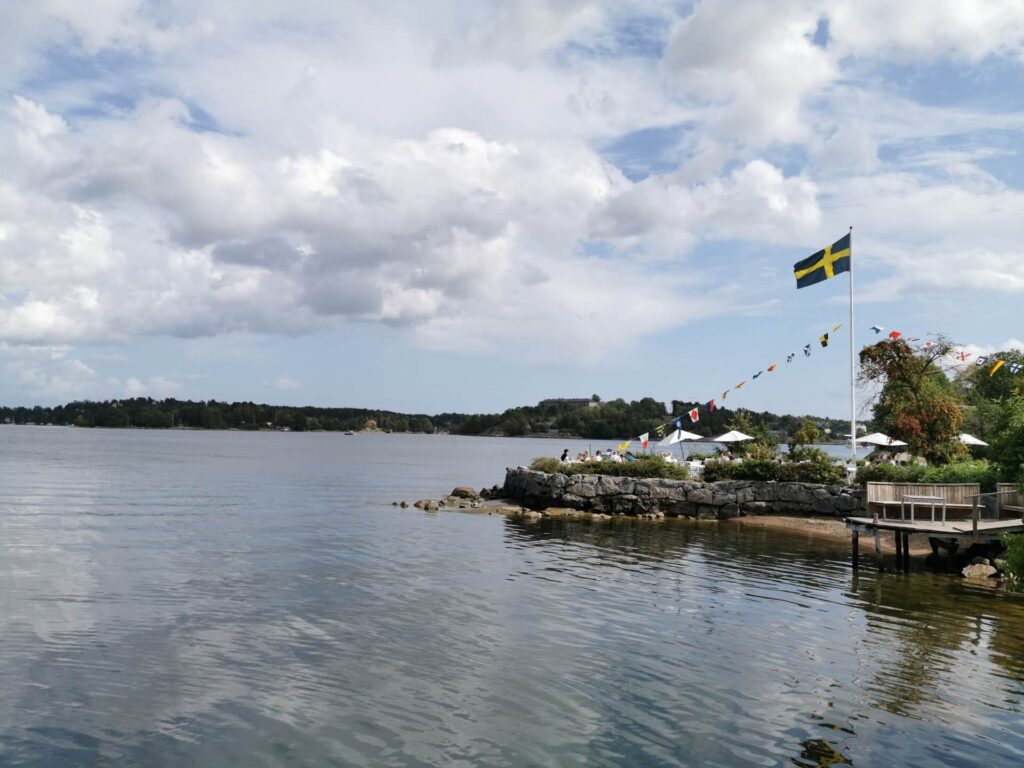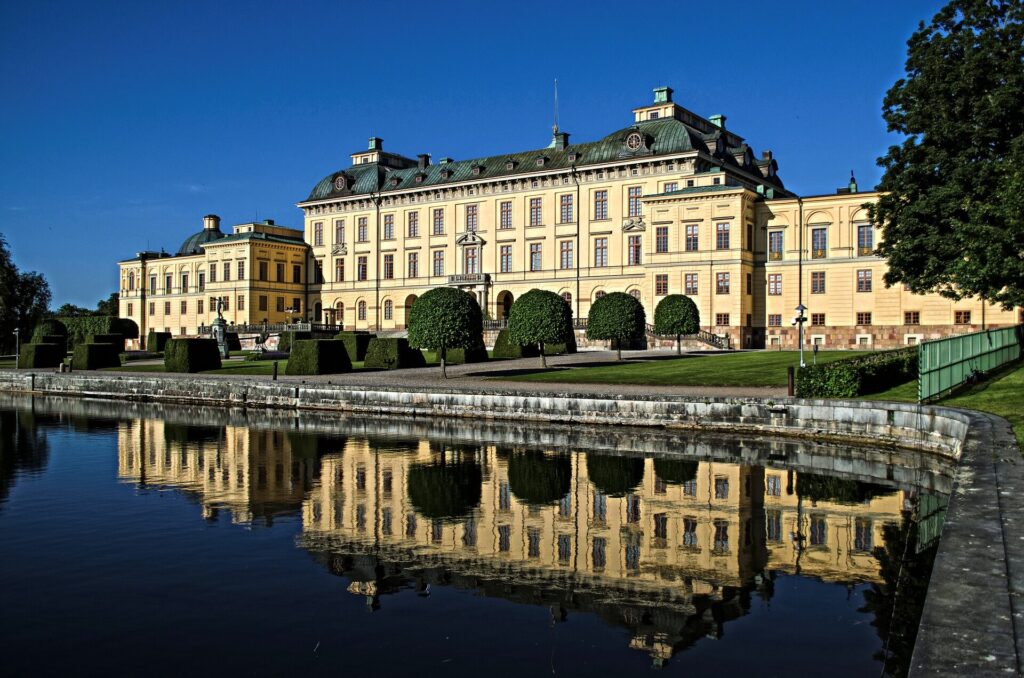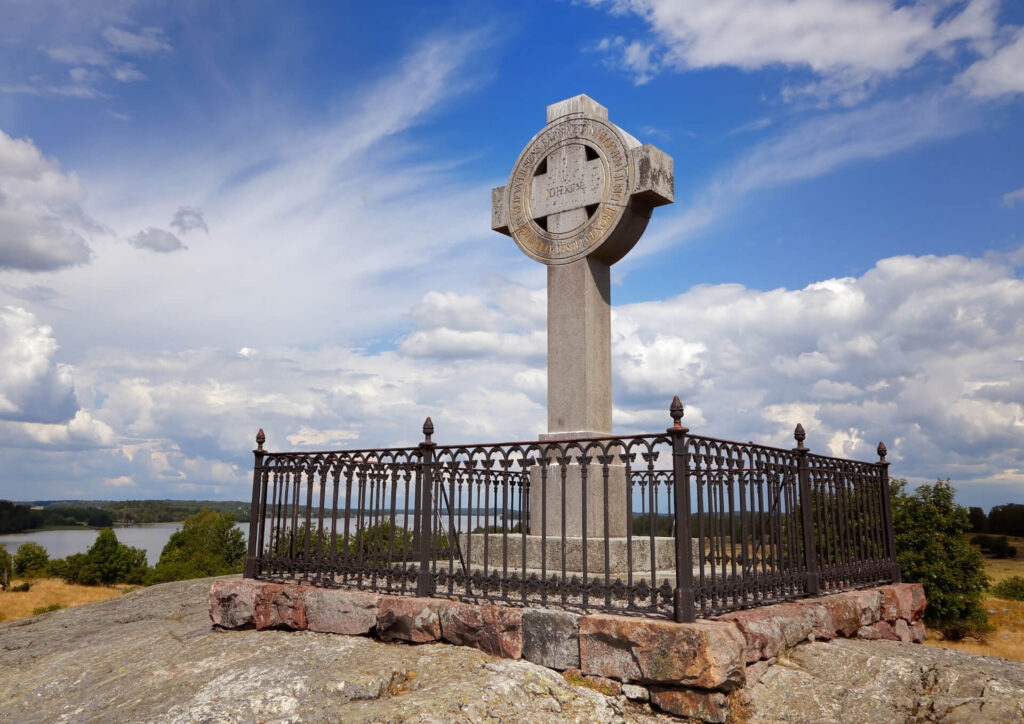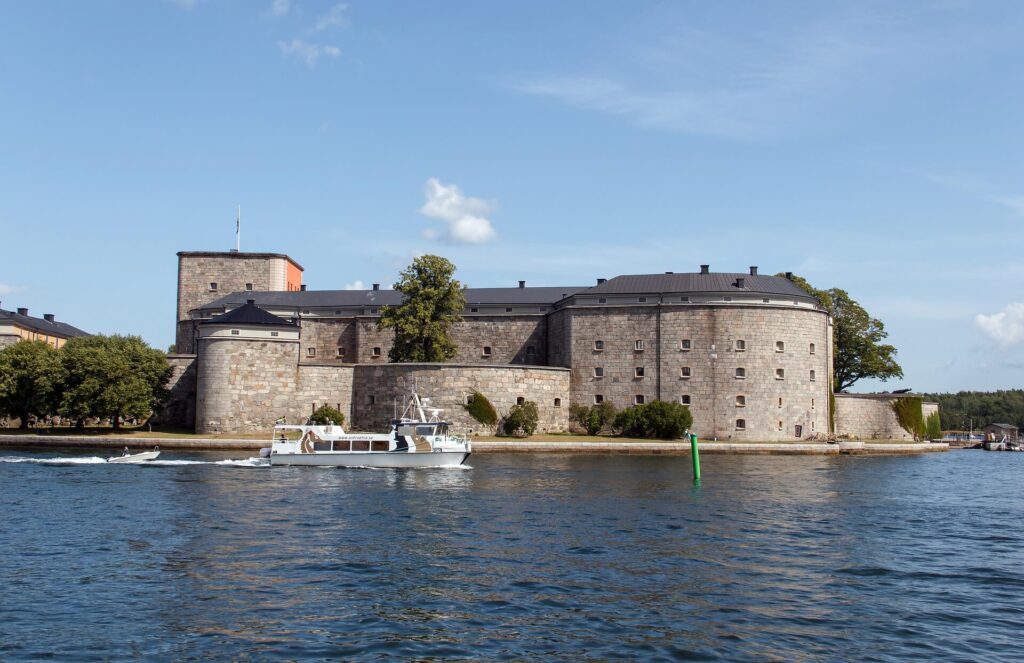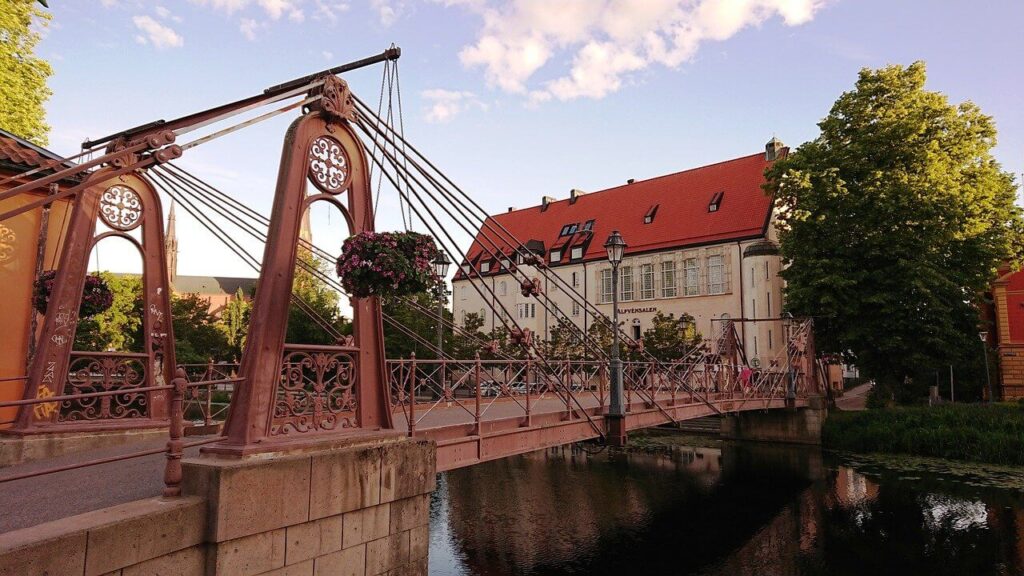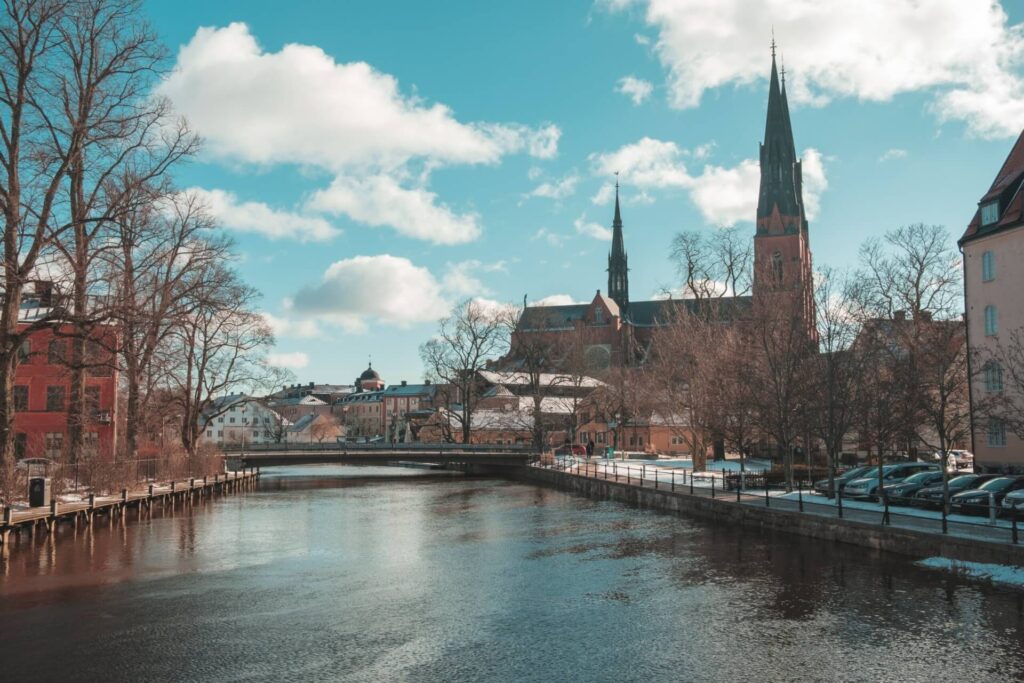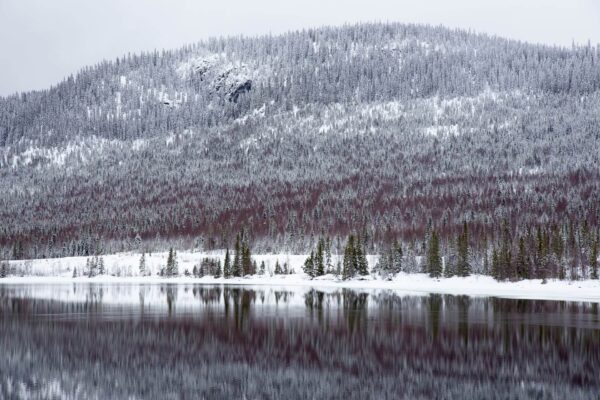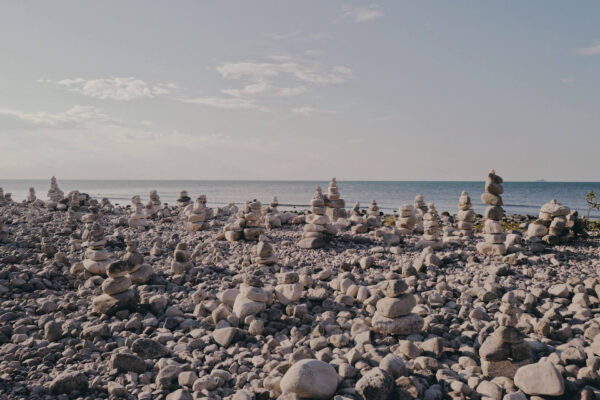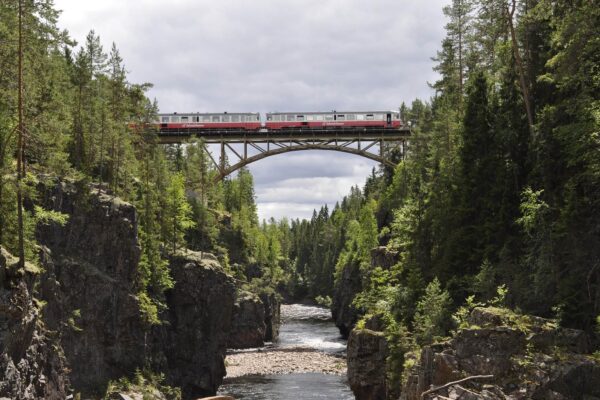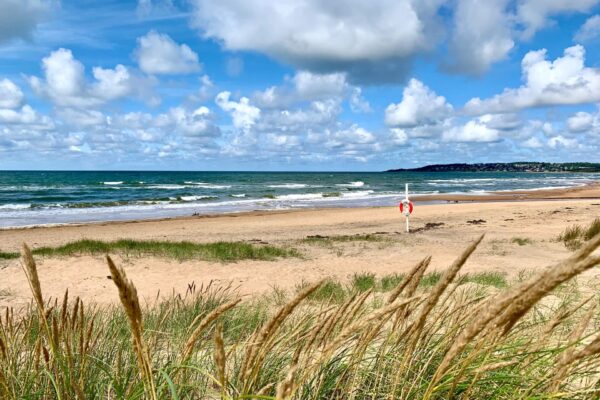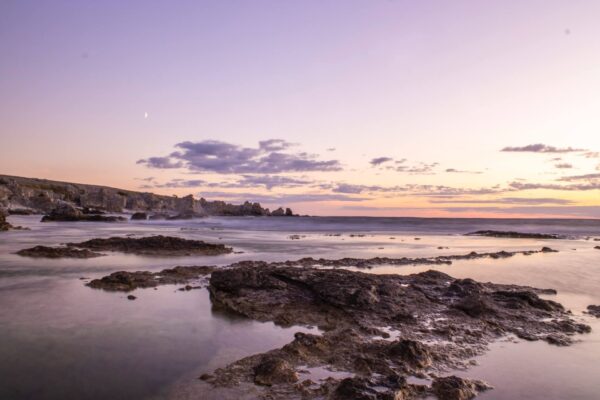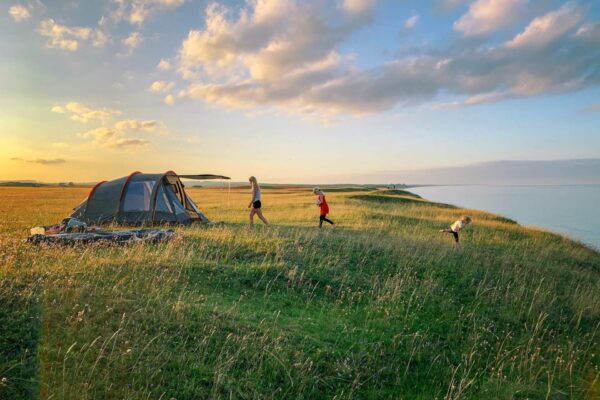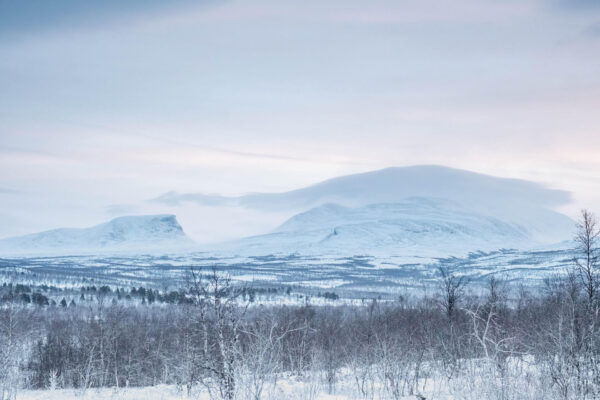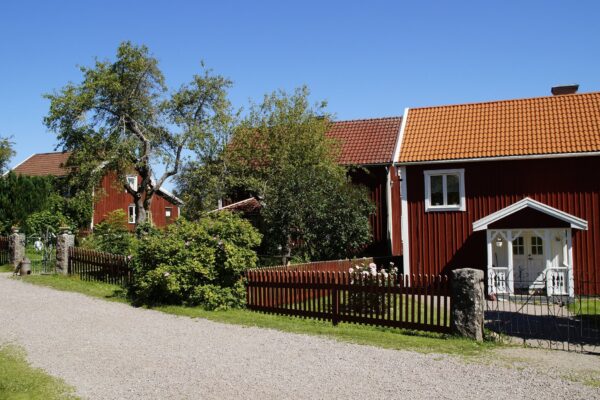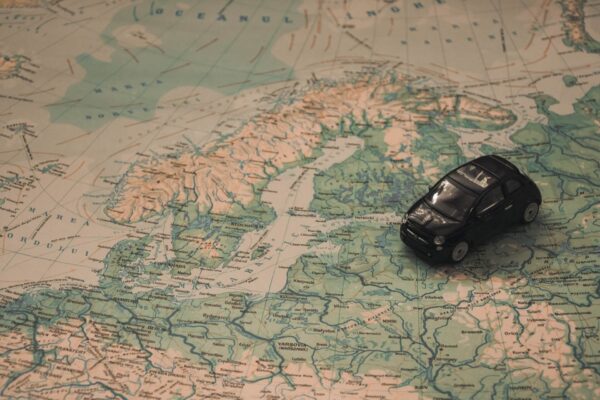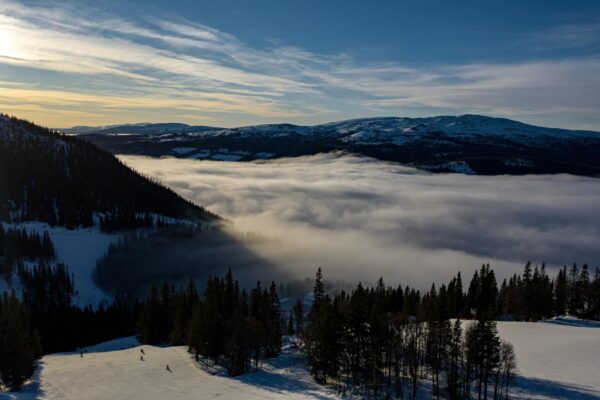The region of Uppland lies between a beautiful coastal landscape, the capital city of Stockholm and Lake Mälaren, the third largest lake in Sweden. Here you can immerse yourself in prehistory and early history or visit one of the many castles. Explore the region from Stockholm, as the airport there makes it particularly easy to reach.
Flat Uppland is located on the Baltic coast of Sweden, north of Lake Mälaren. It is the Swedish region with the largest population. The northern part of the capital Stockholm belongs to Uppland.
| Part of the country | Svealand (Central Sweden) |
|---|---|
| Area | 13,717 km² |
| Inhabitants | 1.6 million |
Hills, lakes and skerries in Uppland
Uppland’s landscape is characterised by gentle hills, the Baltic Sea coast and the Mälaren. The so-called “rolling stone ridges” (rullstensåsar) or pebble ridges were formed after the last ice age and meander through the region.
A special highlight of Uppland is the Roslagen region. It stretches along the coast and includes the northern part of the Stockholm archipelago. The Swedish summer can be enjoyed particularly well here: Fish restaurants, summer cafés and numerous bathing spots await you in the cosy harbour towns.
Lake Mälaren is the third largest lake in Sweden after Lake Vänern and Lake Vättern and developed from a bay in the Baltic Sea during the Viking Age. Explore the lake on your own or take one of the excursion boats that take you to the islands in summer. The so-called Mälar Valley or Mälardalen is one of the most densely populated areas in the country and includes several larger towns. Enjoy the mix of urban flair and nature here.
The Stockholm archipelago
If you are in Stockholm for any length of time, you should definitely not miss the idyllic archipelago off the coast of the city. No fewer than 30 thousand archipelagos are waiting to be explored – whether on an entertaining boat trip, by ferry or in a sporty kayak.
Region with a rich history: places of interest in Uppland
There are countless islands in Uppland, both at sea and on Lake Mälaren, and many of them are home to important historical sites and sights: For example, Birka is located on the island of Björkö in Lake Mälaren. The UNESCO World Heritage Site was once one of the most important trading centres in Northern Europe as well as the political and religious centre of the Vikings. Today there is a reconstructed Viking village, archaeological sites and a museum to discover. The rune stones of Lingsberg from the 11th century offer even more Viking history to touch. They can be found 24 kilometres north of Stockholm.
Other popular sights are the Vaxholm Fortress on the island of Vaxholmen and Drottningholm Castle on the island of Lovön in Mälaren. The latter is the main residence of the Swedish royal couple. Apart from their private rooms, most of the castle can be visited. It is easy to reach from Stockholm.
Anyone travelling in Uppland should of course not miss out on the region’s cultural centre. Uppsala is the fourth largest city in Sweden: in addition to the tallest church in Scandinavia, Uppsala Cathedral, it is also home to the oldest university in Northern Europe. Other cities in Uppland are Norrtälje and Enköping, which is known for its gardens and parks.
Even more Swedish history can be found in charming Öregrund, which is considered one of the best-preserved wooden towns in Sweden and is definitely worth a visit. From Öregrund, a free ferry service takes you to Gräsö, a popular holiday island in the archipelago, in just 5 minutes. In historic Sigtuna, probably the oldest town in Sweden, there are five castles from the Middle Ages and later periods alone.
